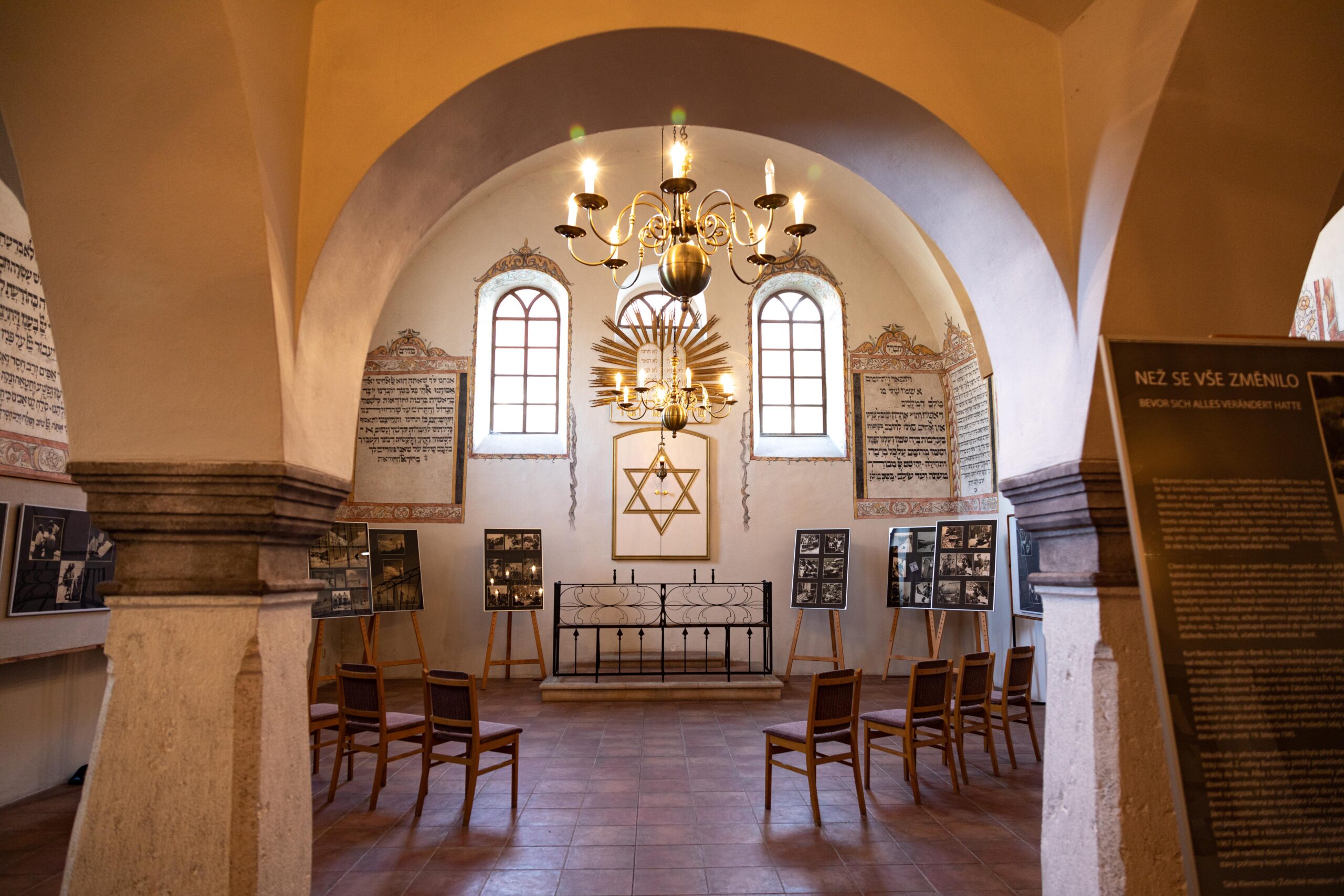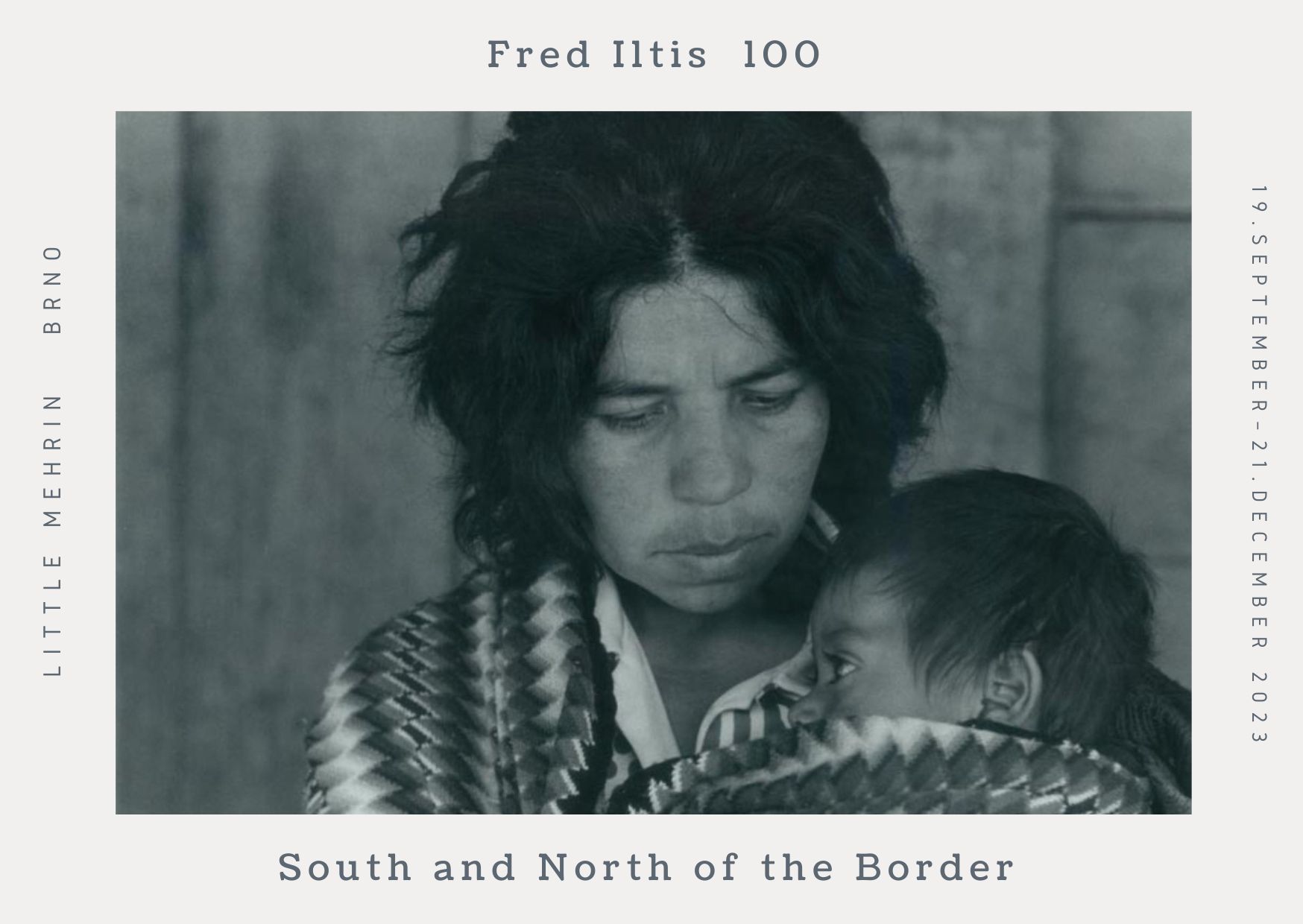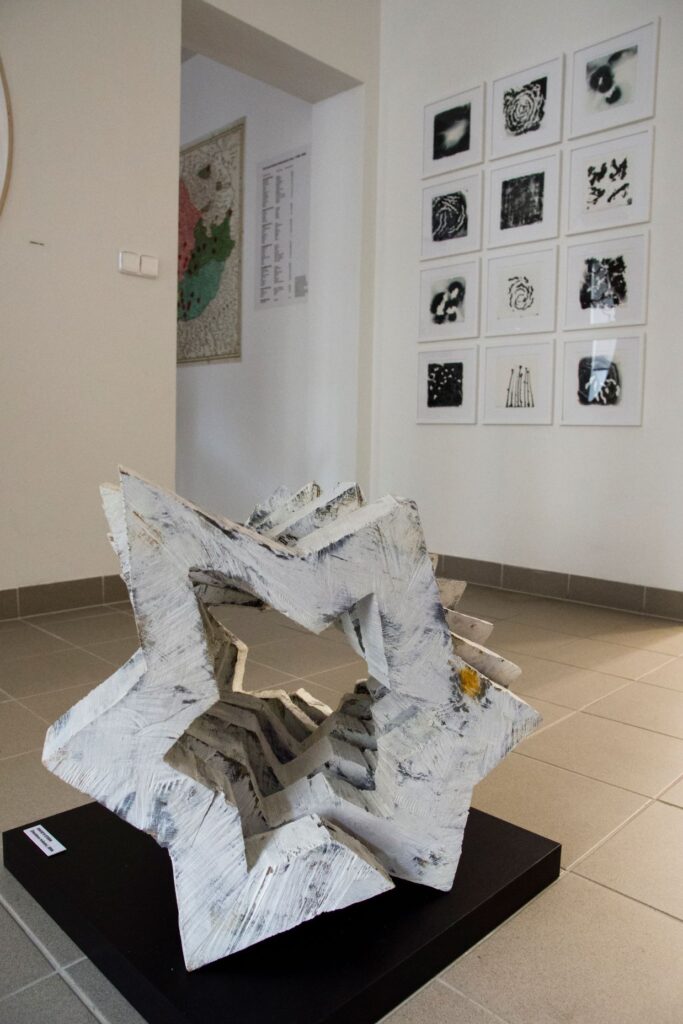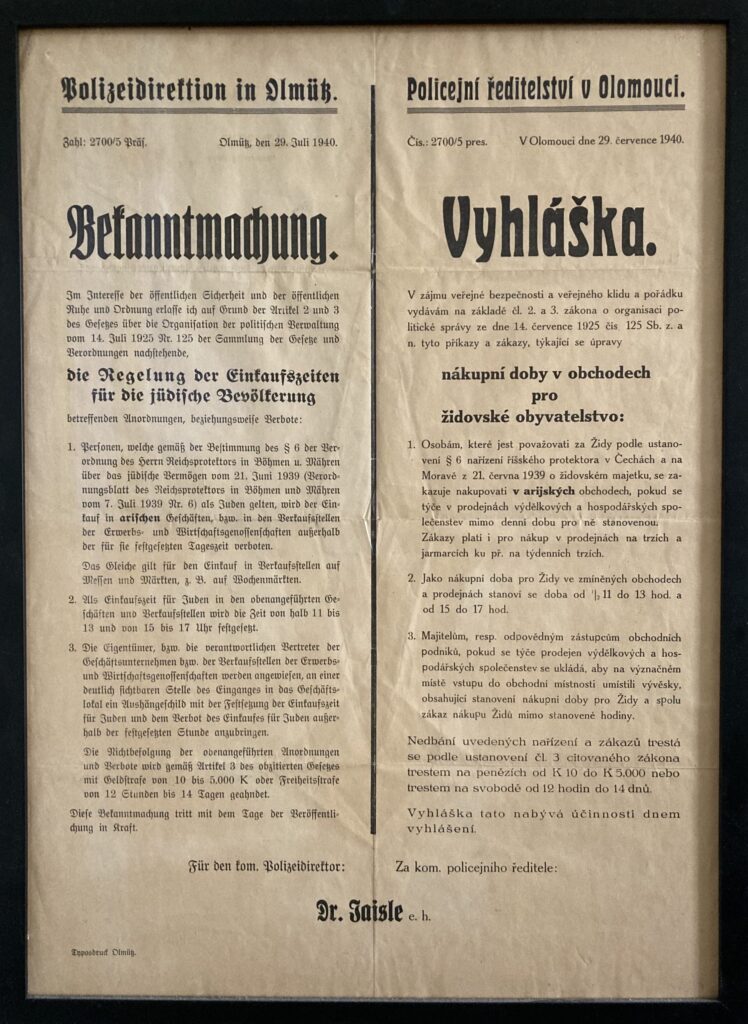Exhibitions already held
Places where Moravian Torah scrolls were at home 1942 - 1964 - 2019

The aim of the exhibition is to introduce the public to the unique phenomenon of the transfer of Torah scrolls, originally from Moravian and Czech synagogues to Great Britain, which took place in 1964. The transfer was historically preceded by the efforts of two museum institutions, the Jewish Museum in Prague and the Jewish Central Museum for Moravia-Silesia in Mikulov. The Torah, a black flame on a white flame, represents a sacred text that has provided continuity, both in values and liturgy, for two and a half thousand years for Jewish communities in the Diaspora, including those that were brutally decimated during the Nazi occupation of Bohemia, Moravia and Silesia. In a brief historical excursion, the complex force field of Nazi institutions and the employees of the Prague Jewish community at their mercy is presented here, when, after the incident with the so-called Mikulov collection, two bulletins were issued, in June and August 1942, ordering the removal of liturgical items, including Torah scrolls, to Prague. The post-war renewal of many Jewish communities became a transitory phenomenon, with all due respect to those who sought to preserve the communities and maintain their activities; the political developments in the country also had their influence.
OUR houses
The use of possessive pronouns in modern Czech history
an interesting phenomenon. MY... YOUR... HER... HIS... OUR... YOUR... THEIR... EVERYONE? On the streets of Brno, as we live in them today, stood over seven sethouses officially purchased by the Emigration Fund for Bohemia and Moravia during 1941. The original owners of the houses were forced to sell them on the basis of their official designation as Jews, or they lived in marriages with people so designated without wanting to sell THEIR houses. Not always about eviction
they sought. Some houses were resold by the fund to private individuals or the city
Brno, most of which he kept and rented. After the end of the war, the owners
were changed again, but rarely did the house return to its original owners. V
in the broadest sense of the word, the designation OURS includes all who in THEIR
houses they lived in, worked in, dreamed about... It includes us too,
who we pass by every day and they shape the scenery of OUR own lives.
The exhibition comprehensively introduces the topic of the arialization of immovable property
Emigration Fund in Brno. He works with a map where the addresses of the houses
recorded, archival documents and memories of witnesses and contemporaries.
Eight houses and the fate of THEIR original owners from Masaryk Street,
Hybešova, Lipová, Dornych, třída Kapitána Jaroše, Mučednická, Botanická
and from Židenice, then he takes a closer look. The presented set of information includes
to the gears of the Holocaust, even though OUR interest does not end there. The stories of individual
home, of course, took different paths after the end of the war. It is
More than likely, they've come into your life as well. As in the case of
houses that are still standing, and those that have disappeared from the city map for good, can be
to believe that it's always better to know than not to know. And that it is possible to grow
the sensitivity of society so that it naturally tries to avoid more blows
to the same place.
Opening on January 4, 2024. The exhibition will run until March 28, 2024

Fred Iltis - 100 - South and North of the Border
Fred Iltis (1923 Brno - 2008 San Jose) was born as Willfried Gregor, the first-born son of botanist and mendeologist Hugo Iltis and his wife Anni. He entered the adult world prematurely. At the age of fifteen, he experienced the forced departure of his family to the United States in the face of the threat of Nazi persecution. He spent two and a half years serving in the army in the South Pacific. After the war, he earned a Ph.D. in entomology from the University of California, where he settled and taught in the biology department in San Jose. His own life's journey shaped him into a man very sensitive to minority issues, acts of injustice, and the devastation of nature. He began documenting the activities of the civil rights movement through black and white photographs. He took dozens of pictures of student protests against the war in Vietnam or of farm workers of Mexican origin for better working conditions. Fred Iltis knew how to be funny and kind. At the same time, as time passed, his pessimism grew as a reflection of the experiences that had marked him, and a certain bitterness emerged as the enthusiasm, dreams and illusions born in the 1960s disappeared from society. He developed, printed and carefully archived his photographs himself at home. With a modesty all his own, he rejected his friends' proposals to display them. It was not until 2008 that he gave his consent for the exhibition Fred Iltis - South and North of the Border, which he unfortunately did not live to see in Milan. Symbolically, on the occasion of the 100th anniversary of his birth in Brno, we present the photographic work of Fred Iltis in his hometown, where he wished to return once more. The exhibition closes on 21 December 2023.

TRACES OF LIGHT
Werner Mally
The small Mehrin was created to give visitors - on a small scale and in modest proportions - an idea of what the Moravian Jewish Museum will offer when it stands opposite the Grand Hotel.
That is why we want to alternate exhibitions focused strictly on Jewish history with art exhibitions that are somehow related to the topic.
The first of these is an exhibition of the sculptor, artist and author of a number of realisations in public space Werner Malle, who was born in 1955 in Karlovy Vary but has lived in Germany (formerly the German Democratic Republic) since 1966.
In the premises on Vídeňská Street, which we have adapted for the exhibition, we offer a cross-section of the artist's work, so you can find wooden sculptures, a conceptual set of paper cut-outs and scale models of public installations. Among them, the most famous is the travelling Restlicht (Residual Light), whose two-ton real-life form we offered to our colleagues from the Meeting Brno festival. They accepted the offer, and so Restlicht will stand on Svoboda Square for the duration of the exhibition.
A fifteen-minute film showing how Restlicht was made and in which Werner Mally explains the inspiration for the work can also be seen at the Wiener Kunst. It was the book Hungermarsch (Hunger March) by Friedrich Krale, Werner's wife's Jewish grandfather, who survived three concentration camps and wrote his memoirs of the death march immediately after the war.

Carriers of Memory - Martin Šmok
Exhibition opening the museum with the subtitle Moravian Jews and their life stories.
Human Fates Told Through Authentic Objects and Film Testimonies of Witnesses from the USC Shoah Foundation Archive, prepared by documentary filmmaker Martin Šmok using collection items belonging to OpenEye, z. s.
The upcoming exhibition will present the modern history of the Jewish presence in Moravia in a way that will help to disrupt the "big history" burdened with prejudices and stereotypes. We will bring visitors closer to the past as the sum of individually lived human lives. The exhibited objects and most of the testimonies of witnesses will be presented to the public for the first time.
Here is a small sample:
Decree of the City of Olomouc, 1940
Given the importance of anti-Jewish incitement in Nazi propaganda, the occupying power did not hesitate to enforce anti-Jewish regulations, decrees and laws. The law clearly defined who was to be considered a Jew, no matter who the person in question considered himself to be. The various degrees of miscegenation were also defined in purely racist terms. The prohibitions were constantly increasing, their aim being consistent social separation, confiscation of property and isolation. The law forbade sexual intercourse and mixed marriages between the races, decrees gradually stripped persons identified as Jews of any personal property, their businesses were handed over to racially compliant administrators, the Aryanizers. The word Aryan then referred to non-Jews, i.e. racially compliant Protectorate nationals. In order to be immediately recognizable, Jews were required to wear a yellow star visibly on their clothing. Grammar was also affected: Jews, as a foreign nation and race, were now to be capitalized exclusively.

